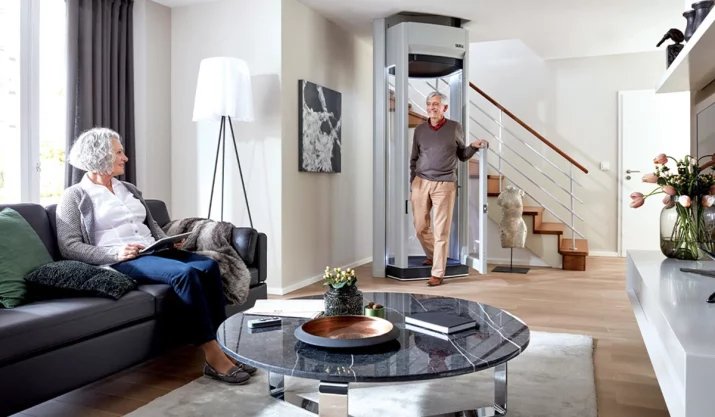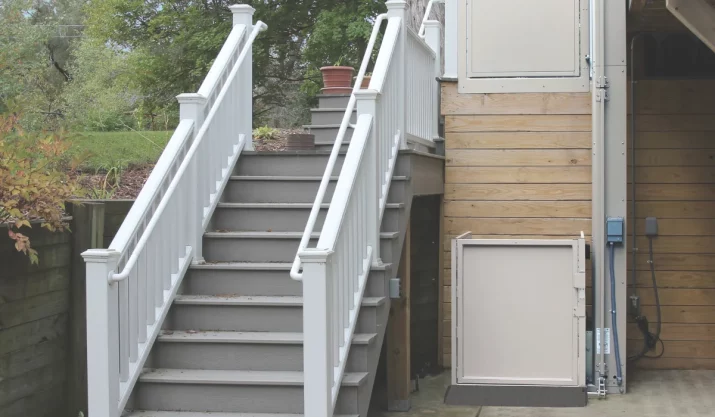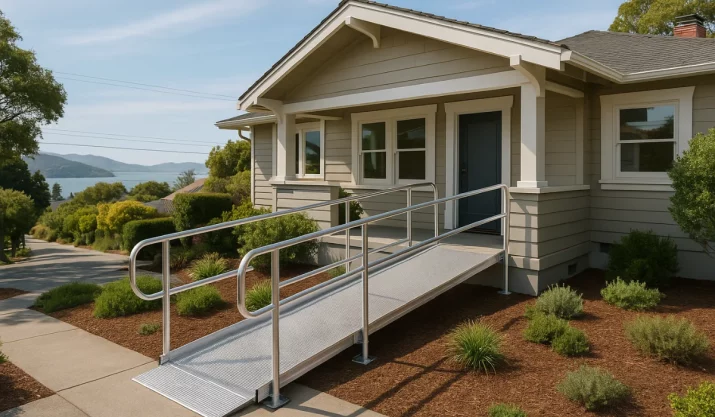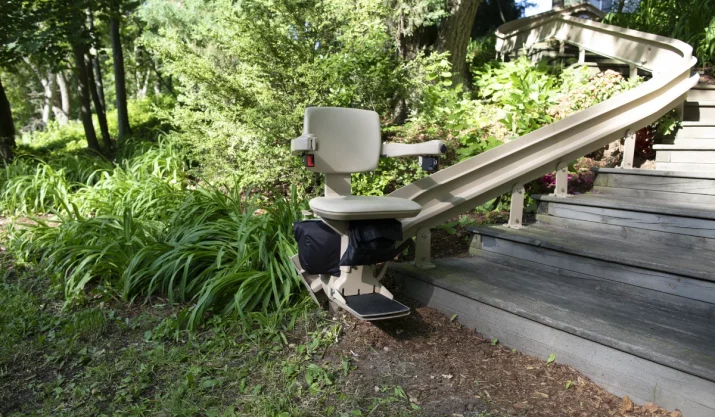Can You Make a DIY Home Elevator? We Don’t Recommend It

Table of Contents
At first glance, building your own home elevator might seem like a fun weekend project—especially for experienced DIYers.
But here’s the truth. Building your own home elevator isn’t just hard. It’s dangerous.
So, can you make a DIY home elevator? Possibly. Should you? No. And here’s why.
Key Takeaways
- A DIY home elevator puts safety at risk because it lacks emergency brakes, counterweights, and other safety features.
- Building codes in California make most homemade elevator projects illegal, and insurance likely won’t cover accidents or damage.
- Structural damage to your home can happen without professional help, which makes a DIY elevator more costly long term.
- A better option is working with certified elevator companies that handle planning, installation, upgrades, and regular maintenance.
Why You Shouldn’t Build a DIY Home Elevator
When it comes to building your own home elevator, there are some serious risks you should know about. Here’s why we don’t recommend going the DIY route:
Safety Features Are Too Important to Skip
Residential elevators are made to carry people safely. That means they need built-in safety features like fall arresters, emergency brakes, and counterweights. If your system has a power outage or a cable slips, these features prevent accidents.
A homemade elevator made from a basic pulley or electric hoist might lift things, but it isn’t safe for people. And when something goes wrong, it’s not just an inconvenience—it could be life-threatening.
You’ll Have Trouble With Building Codes
In California, elevator systems have to follow strict rules. Building codes cover everything from the elevator shaft to the type of electric motor used. You may also need permits and inspections.
If your DIY home elevator doesn’t pass inspection, you might have to remove it completely. Worse, if someone gets hurt, your insurance probably won’t cover it.
It Can Damage Your Home
Home elevators aren’t just about the lift. They also involve big changes to your home—cutting through floors, reinforcing walls, and creating space for a machine room or elevator shaft. That kind of work needs an electrician, a contractor, and an understanding of structural safety.
Without the right planning, your home could end up with serious damage that costs more to fix than a professional elevator installation would have in the first place.
Malfunctions Happen—And They’re Serious
Even professional systems with regular maintenance can have problems. A DIY elevator lift made with parts from a hardware store is even more likely to break down. If it gets stuck, or worse, drops suddenly, you could be trapped or hurt.
Professionally installed elevator systems are tested and backed by companies that specialize in safety and performance. Homemade elevator designs can’t offer that kind of peace of mind.
It Won’t Add Value to Your Home
Some homeowners think a DIY elevator will boost their home’s value. In reality, that only happens with safe, permitted, and well-installed systems. A homemade setup could actually scare buyers away.
Real estate agents want to see professionally installed upgrades—like a certified home lift or stair lift—not risky DIY projects.
What You Should Do Instead
If stairs are becoming a problem or you’re planning to age in place, here’s a better option:
1: Get an Accessibility Assessment
Before you pick a solution, think about your real needs.
- Is a stair lift enough?
- Would a platform lift work better?
- Should you consider a full home elevator?
Companies like California Mobility can help you figure that out.
2: Choose a Certified System
Skip the DIY elevator kits and choose a professional elevator lift.
There are different kinds—like vacuum elevators, hydraulic elevators, and pneumatic ones. These systems follow safety rules and are made for homes like yours.
3: Plan With Professionals
Let a trusted elevator company handle the planning and installation.
They’ll check the structure of your home, install the elevator shaft or machine room if needed, and make sure everything runs smoothly.
4: Pick the Right Upgrades
Professional residential elevators offer lots of customization options. You can choose finishes, lighting, and even automatic doors. You can’t do that with a pulley and unistrut.
5: Set Up Regular Maintenance
Professional systems include scheduled service. Regular maintenance helps avoid malfunctions and keeps your system running smoothly.
Safe Access Starts With a Smart Decision
At California Mobility, we help homeowners across California choose safe, custom options that fit their needs. Whether you’re looking for a stair lift, platform lift, or home elevator, we’ll make sure it’s done right—from the elevator installation to long-term support.
Don’t risk your safety or your home on a DIY project.
Get in touch today for a free consultation, and let us help you find the right elevator system for your life and your space.








